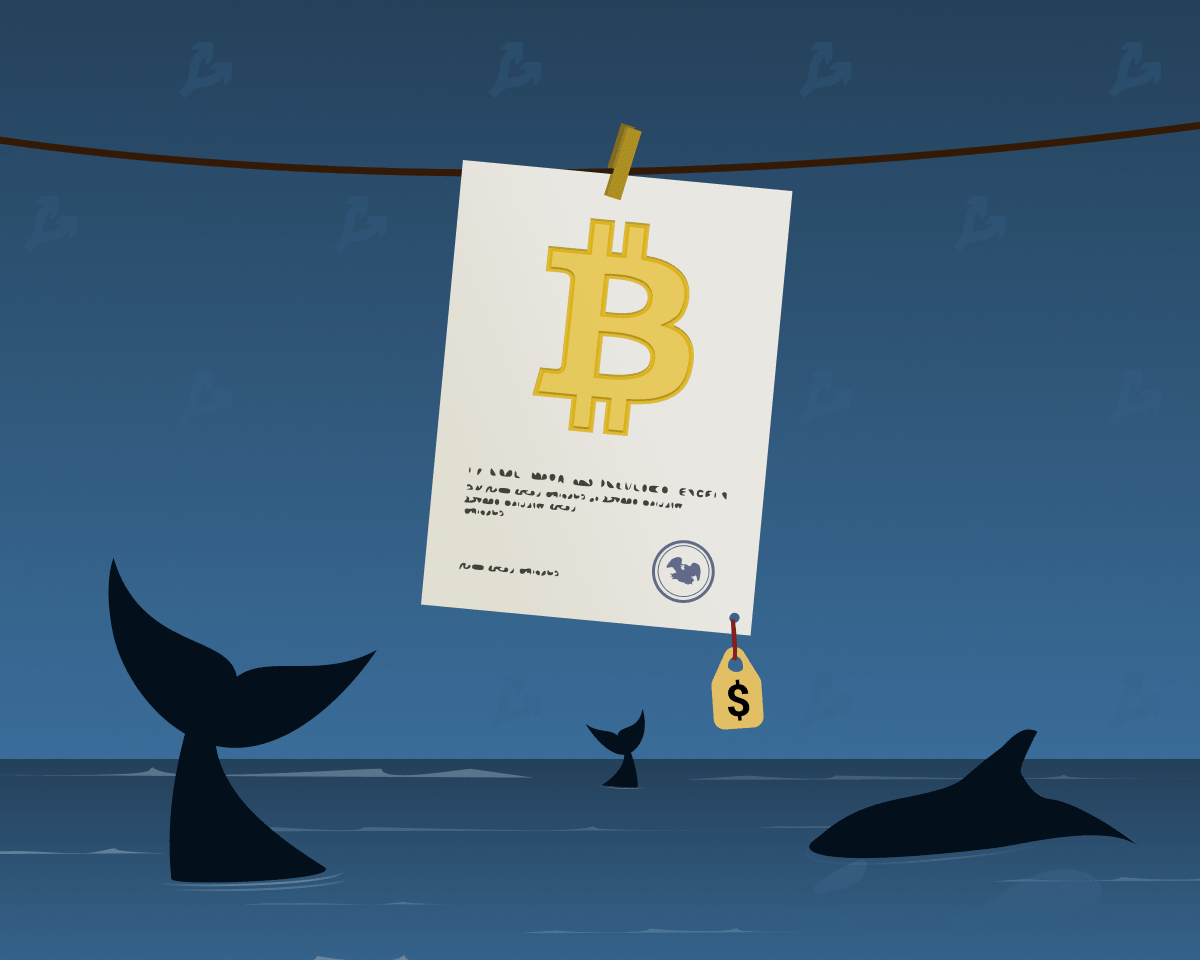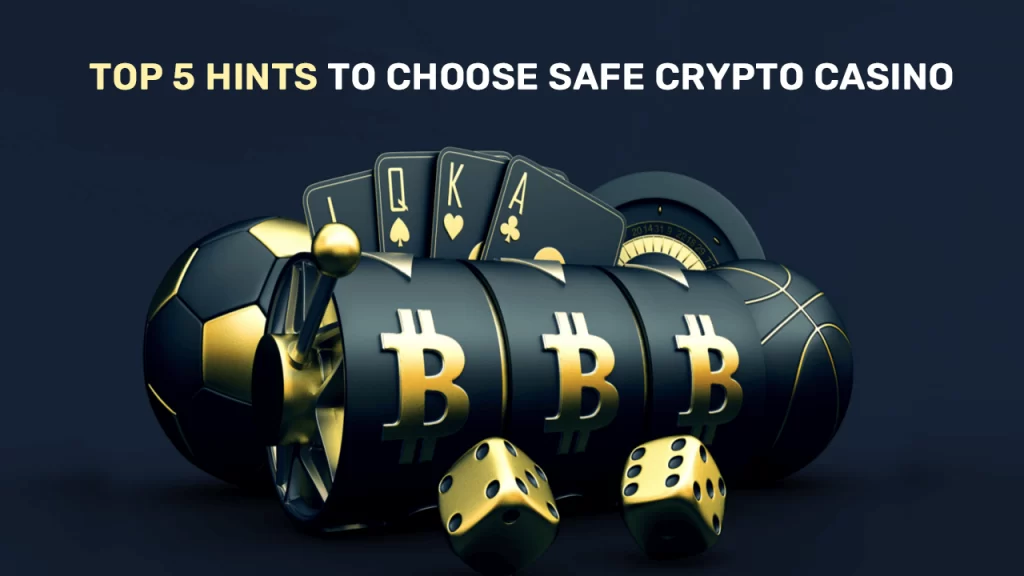
The highly anticipated debut of Sahara AI (SAHARA) across major exchanges on June 26, 2025, generated massive excitement, but the token’s performance since then has left many traders disappointed.
Despite strong backing and a flurry of top-tier listings, SAHARA has experienced sharp downward pressure, and recovery may not come as quickly as some had hoped.
While listing on Binance and other global exchanges typically boosts a token’s visibility and liquidity, the aftermath for SAHARA was characterised by aggressive profit-taking and volatile swings.
As investors digest the early trading dynamics, it is becoming increasingly clear that the road to price stability and eventual recovery may be longer and more unpredictable than initially expected, and here is why.
The listing buzz fizzled into a sell-off storm
SAHARA entered the market with momentum, having surged over 40,000% following its Binance Alpha announcement on June 21.
This explosive growth was largely fueled by hype, strategic investor backing, and expectations surrounding its AI-driven blockchain utility, not by actual network adoption.
However, as soon as SAHARA became tradable on platforms like Binance, KuCoin, Upbit, OKX, Bitget, CoinW, MEXC, Bitrue, HTX, and XT.COM, the token plunged by 60% in less than 24 hours.
The sell-off was particularly aggressive following the launch of perpetual futures contracts on Binance with up to 75x leverage, which invited speculative short-term traders and bots.
Rather than stabilising after the first crash, the token continued sliding, falling another 40% the following day, bringing it to a new low of $0.07945.
 Sahara AI token price chart| Source: CoinGecko
Sahara AI token price chart| Source: CoinGeckoToo much liquidity, too fast
The token’s availability on nearly every major centralised exchange created excessive liquidity at launch, which ironically worked against its price stability.
While liquidity is generally beneficial, too much of it in an environment of high speculation and low organic demand tends to lead to intense volatility.
In SAHARA’s case, that liquidity became a double-edged sword, giving large holders and airdrop recipients the perfect exit window.
The fact that 2.04 billion tokens were already circulating out of a 10 billion max supply added to inflationary concerns and selling pressure.
Although the community is strong, with nearly 900,000 followers on X and a large base of AI trainers, the project’s utility is still largely aspirational as the mainnet remains under development.
Hype vs. fundamentals
Investor interest in Sahara AI has largely been driven by its bold vision of decentralising AI development and monetisation.
Yet, without a functioning mainnet or proven user demand, the token’s price action has relied more on narrative than on substance.
Traders looking for quick returns were drawn by early forecasts projecting $5–$10 valuations in the short term, which further contributed to the unsustainable hype.
However, such projections ignored key market mechanics, including sell-the-news dynamics and token unlock schedules that typically follow listings.
While analysts estimate a potential rebound to around $0.21 next month, the current floor price near $0.08 reflects the market’s cautious reassessment.
What could trigger a turnaround for the Sahara AI token?
For SAHARA to regain bullish momentum, it will need more than just exchange listings—it requires real adoption and network utility.
If the development team can deliver on its promises and roll out the mainnet with functional staking, governance, and AI training tools, confidence may slowly return.
In the meantime, the token is likely to remain under pressure as short-term traders exit and long-term investors wait for fundamentals to catch up.
Even though the bearish momentum has cooled, the sentiment remains mixed, and price action continues to reflect that uncertainty.
Until SAHARA proves its value beyond the hype, any recovery could remain gradual, volatile, and subject to wider market conditions.
The post Why it could take longer for SAHARA's price to recover from the post-listing drop appeared first on Invezz















 English (US) ·
English (US) ·